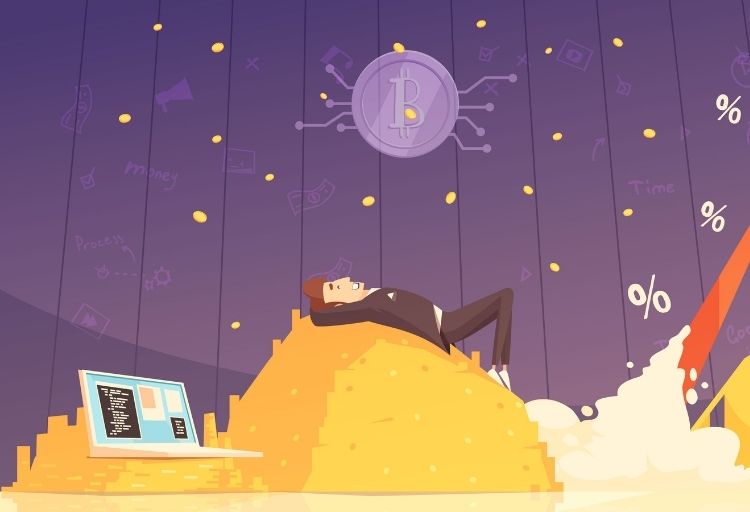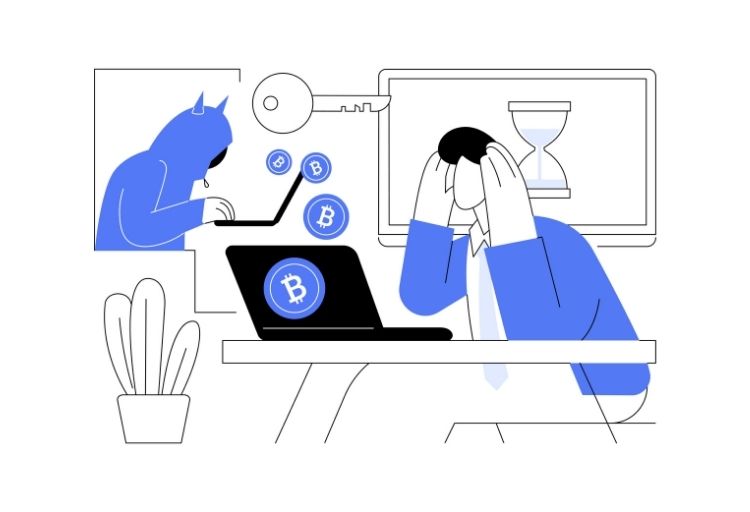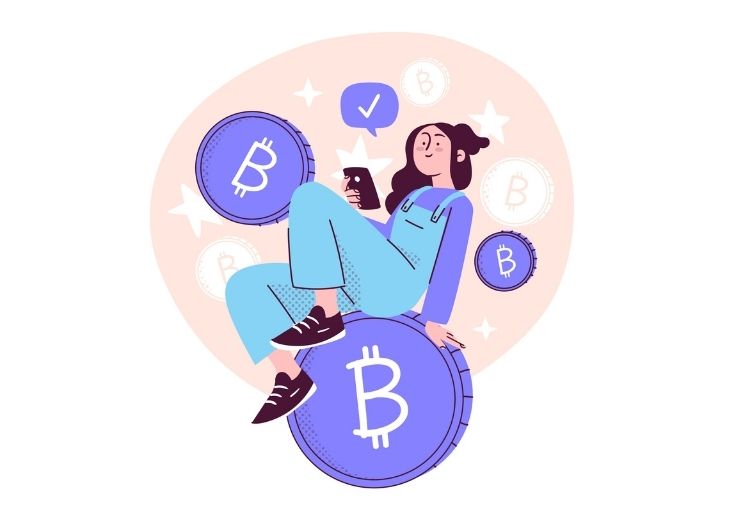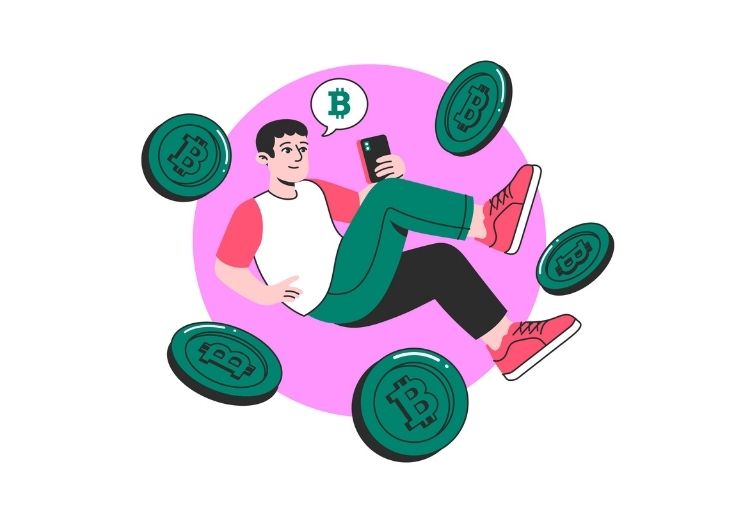Understanding the Mental Game of Crypto Trading
Hey friend! If you’ve been diving into the wild world of cryptocurrency trading, you’ve probably realized that success isn’t just about reading charts and analyzing market trends. The biggest battles often happen in your own mind. That’s why understanding crypto trading psychology is absolutely crucial for your success.
This comprehensive glossary will help you navigate the complex psychological landscape of crypto trading. Whether you’re a complete beginner or looking to refine your mental game, these terms will give you the vocabulary and understanding you need to recognize and overcome psychological pitfalls.
Essential Trading Psychology Terms Every Crypto Trader Should Know
FOMO (Fear of Missing Out): This is probably the most dangerous emotion in crypto trading. FOMO hits when you see a coin pumping and you jump in without proper analysis, fearing you’ll miss massive gains. The practical tip here? Set clear entry and exit strategies before you even look at the charts.
FUD (Fear, Uncertainty, and Doubt): Market manipulation tactic or genuine concern that spreads negative sentiment. Learning to distinguish between legitimate concerns and manufactured FUD is crucial for maintaining your trading discipline.
Diamond Hands: The ability to hold your positions through extreme volatility without panic selling. While this sounds heroic, remember that sometimes taking profits or cutting losses is the smarter move.
Paper Hands: The tendency to sell at the first sign of trouble or small profit. While often criticized, sometimes “paper hands” actually represent good risk management.
Cognitive Biases That Affect Your Trading Decisions
Confirmation Bias: The tendency to seek information that confirms your existing beliefs while ignoring contradictory evidence. Friend, this can be deadly in crypto trading. Always seek out opposing viewpoints before making major decisions.
Anchoring Bias: Getting stuck on the first piece of information you receive about a coin’s value. If you bought Bitcoin at $60,000, you might anchor to that price and refuse to see its current value objectively.
Loss Aversion: The psychological tendency to feel losses more acutely than equivalent gains. This often leads to holding losing positions too long while selling winners too early.
Recency Bias: Giving more weight to recent events when making decisions. Just because the market crashed yesterday doesn’t mean it will crash again today.
Emotional States and Trading Behaviors
Euphoria: The dangerous high you feel during bull runs when everything seems to go up forever. This is when you’re most likely to make impulsive, oversized bets.
Capitulation: The point of maximum despair when traders give up and sell everything, often marking market bottoms. Recognizing capitulation in others (and yourself) can present opportunities.
Revenge Trading: Attempting to quickly recover losses by making increasingly risky trades. This emotional response often leads to even bigger losses.
Analysis Paralysis: Being unable to make decisions because you’re overthinking every possibility. Sometimes the best trade is the one you don’t make, but don’t let perfectionism stop you from taking action.
Risk Management Psychology Terms
Risk Tolerance: Your emotional and financial ability to withstand losses. This isn’t just about money – it’s about how losses affect your sleep, relationships, and mental health.
Position Sizing: Determining how much of your portfolio to risk on each trade. Good position sizing can help you stay emotionally balanced even during losing streaks.
Stop Loss Hunting: The practice of placing stop losses at levels where you won’t be emotionally devastated if hit. Your stop loss should be based on technical analysis, not just a percentage you’re comfortable losing.
Market Sentiment Indicators
Fear and Greed Index: A popular indicator that measures market sentiment. Extreme fear often presents buying opportunities, while extreme greed suggests it might be time to take profits.
Contrarian Thinking: The practice of going against popular sentiment. When everyone’s buying, contrarians consider selling, and vice versa.
Herd Mentality: Following the crowd without independent analysis. Remember, friend, the crowd is often wrong at major turning points.
Practical Tips for Managing Trading Psychology
Here are some actionable strategies to implement these concepts:
First, keep a trading journal that includes not just your trades, but your emotional state when making them. This helps you identify patterns in your psychological responses.
Second, set up automated systems where possible. Use stop losses, take profit orders, and position sizing rules to remove emotion from your trading decisions.
Third, practice meditation or mindfulness techniques. A calm mind makes better trading decisions than an anxious or excited one.
Finally, never trade with money you can’t afford to lose. When your basic needs are on the line, it’s impossible to trade with a clear head.
Building Your Mental Trading Toolkit
Understanding these psychological concepts is just the beginning, friend. The real work comes in recognizing these patterns in yourself and developing strategies to overcome them. Remember, even the most successful traders struggle with psychology – the key is having systems in place to manage these challenges.
The crypto market will always be volatile, but your emotional responses don’t have to be. By familiarizing yourself with these psychological terms and concepts, you’re already ahead of traders who ignore the mental side of trading.
Related Resources
- What is Crypto Trading Psychology? – Dive deeper into the fundamentals of trading psychology
- Cognitive Biases in Crypto Trading – Learn more about specific biases that affect your trading decisions
For additional insights on market psychology and behavioral finance, check out the comprehensive resources at Investopedia’s Trading Psychology Guide.















